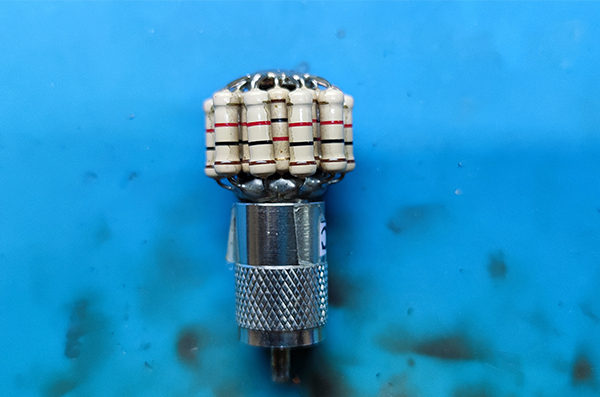No products in the cart.
Projects
Dummy Load


A dummy load is a device used in amateur radio to simulate an antenna’s electrical load without actually radiating electromagnetic waves. It is used for testing and tuning transmitters, amplifiers, and other equipment, without causing interference to other radio users.
Here’s how you can make a simple dummy load for amateur radio:
Materials:
- A suitable resistor (at least 50 watts and 50 ohms)
- Heat sink (optional)
- RF connector
- Enclosure
Instructions:
- Choose a suitable resistor. A 50-ohm, 50-watt resistor is a common choice for amateur radio use.
- Mount the resistor on a heat sink if desired to dissipate heat. This can be done using thermal paste or thermal adhesive.
- Connect an RF connector to the resistor’s leads. A BNC or SO-239 connector is commonly used.
- Enclose the resistor and connector in an enclosure. An aluminum or plastic enclosure can be used.
Once the dummy load is complete, connect it to your transmitter or amplifier’s output instead of an antenna. This will allow you to test and tune your equipment without transmitting radio waves. It’s important to note that using a dummy load for extended periods may generate a lot of heat, so it’s important to use a heat sink if necessary and monitor the temperature of the load during use.

